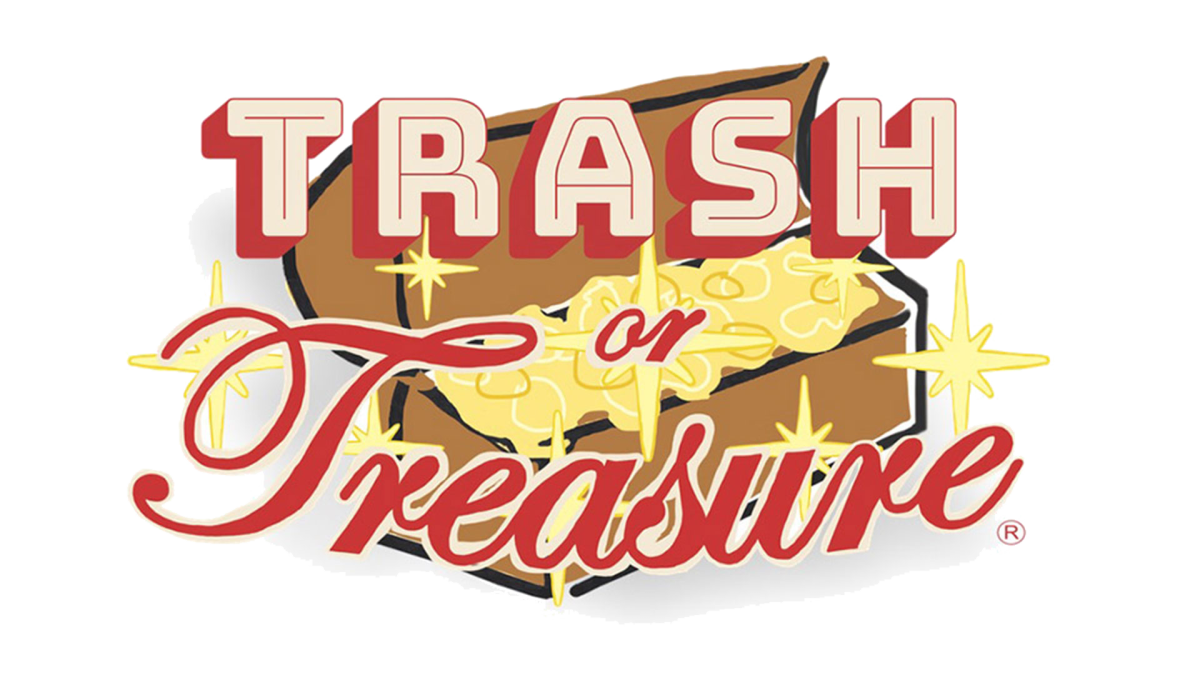“There’s a call to adventure. It’s something in the inner psyche of humanity.” -Gary Gygax, creator of the first edition of Dungeons and Dragons.
Five figures stand in unison. A human wizard, a dwarf cleric, an elf ranger, a halfling rogue, and a tiefling bard. Towering over them is the terrifying prince of chaos and ruler of demonkind; Demogorgon. All brimming with confidence as they charge against each other. Only the jowls of luck can end the conflict of good and evil.
Whether through the ice-cold Game of Thrones or the nostalgic Stranger Things, the charismatic Matthew Mercer on Critical Role, or even influence of long-time players of editions of old, chances are you’ve become familiar with the concept of the fantasy RPG (Role-playing game.): Rolling various, oddly-shaped dice to determine the quality of whatever you do.
Stabbing a goblin? Roll to hit it. Did you hit? Roll for damage. Tricking the guards to let you into the city? Roll for deception. Trying to ride a tyrannosaurus? Roll to keep it from eating you. Something about the roll of the dice deciding everything entices countless players.
Despite their recent resurgence, RPGs have not always been so accepted. In the 20th century, Dungeons and Dragons, more commonly called D&D, was considered nothing but bad juju. The words “Acceptance” and “D&D player” were unusable in the same sentence.
According to the 1982 TV movie “Mazes and Monsters”, tabletop role-playing games can drive people to a dangerous false immersion: that they are truly in the world of the game. (Not Tom Hanks’ best.) Other superstitions arose suggesting D&D’s connection to satanic rituals and other cultish phenomena, leading to parents scheduling religious counseling for their children. Needless to say, being a D&D player before the 2010’s was tough.
After that, Dungeons and Dragons was essentially laying dormant for a decade and a half. More editions of the game were coming out, including 2nd edition, 3rd edition, 3.5 edition, and the much-hated 4th edition, but most of the attention the game was receiving after it’s first 25 years was coming from long-time fans. The fall of the game’s original creator, Gary Gygax, in 2008 (The same year 4th edition released), just seemed like D&D had failed it’s last death save.
But then, in 2014, something strange happened. Something that nobody expected. When the 5th edition of D&D was published, reception wasn’t as violent as it was in the past. The world of Dungeons and Dragons would never be the same.
The first major step of D&D 5E’s uprising was more than likely before it’s own release. The rock-solid smash hit on HBO, “Game of Thrones,” was a massive fantasy world that sprawled over many episodes and seasons. While much of the fan-favorite series took place prior to D&D 5E’s publication, the influence lasted long enough that there were still many people who created their own games based off of the world of Westeros.
It didn’t even take a week for the first podcast for D&D to surface. “The Adventure Zone,” featuring Clint, Justin, and Griffin McElroy, was the first podcast to feature a group of people playing Dungeons and Dragons just for the fun of it. While this show reaped great success, it still comes nowhere close to the massive behemoth of a podcast as Critical Role.
Matthew Mercer, Marisha Ray, Travis Willingham, Taliesin Jaffe, Sam Riegel, Liam O’Brien, Laura Bailey, and Ashley Johnson, more commonly known as The Dungeon Master, Beauregard, Fjord, Mollymauk, Nott, Caleb, Jester, and Yasha, are some of the biggest faces in nerd culture today. Their popularity exploded in 2015, and D&D players worldwide idolize their charisma and teamwork on “Critical Role.”
Perhaps even more than Game of Thrones, the Netflix sensation Stranger Things was a wonderful celebration for not just D&D, but nostalgic culture in general. Its sci-fi setting drew many audiences in and directed them to the RPG community, which even lead to a Stranger Things-styled D&D set. If you ask about The Demogorgon or a mind flayer, chances are that your answer will come from Stranger Things.
Playing D&D depends on 3 basic rules:
- The DM (Dungeon Master) describes the world around you
- The players react to their environment.
- The DM describes the results of their reactions.
In order to make a D&D character, you first need to choose a race. Some of the basic races are the variety-filled humans, the graceful elves, the hardy dwarves, and the affable halflings. Rarer are the gnome, dragonborn, half-orc, half-elf, and tiefling. Rarer still are races from expansions to The Player’s Handbook, such as half-genies, lizard-folk, and minotaurs.
Afterward, choose from the 12 classes: Barbarian, Bard, Cleric, Druid, Fighter, Monk, Paladin, Ranger, Rogue, Sorcerer, Warlock, and Wizard. Certain races and classes mix well together,like half-orcs, who make better fighters than wizards. It’s not necessary, but creating a backstory for your character helps them be more memorable. If Bob the bard is going to kill the dragon, you’ll be more invested if he’s doing it to avenge his mother.
To determine what you are and aren’t good at, you have 6 ability scores: Strength (physical power), Dexterity (agility), Constitution (endurance), Intelligence (reasoning and memory), Wisdom (perception and insight), and Charisma (force of personality). An 8 in Strength indicates a -1 bonus to strength rolls, 10 indicates a +0 bonus, 12 is +1, up to 20 and +5. You increase these scores as you increase in level, up to the legendary twentieth level.
Frankly, the hype for Dungeons and Dragons might be reaching it’s twentieth level, as more appreciation for the game and nerd culture in general is surfacing. Influence from TV and podcasts were apparently all the franchise needed to kickstart itself back into mainstream media, and “Wizards of the Coast,” who owns Dungeons and Dragons, is taking full advantage of this. Needless to say, players both new and old won’t stop rolling their twenty-sided dies any time soon.

